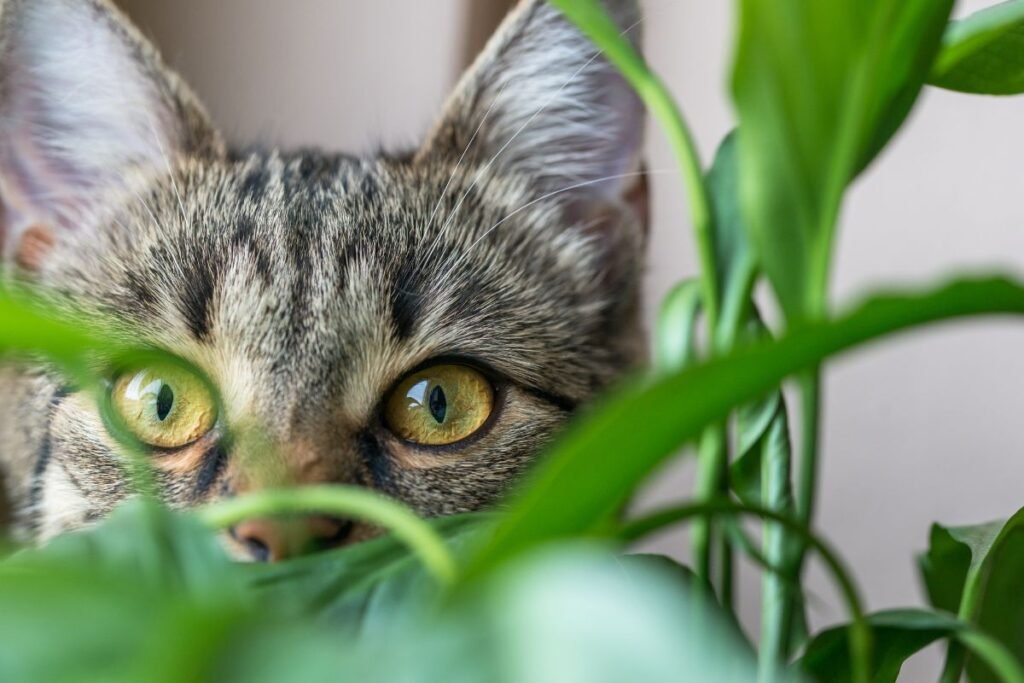The Best Pet-Friendly Plants – Discover the best pet-safe plants for your indoor garden with our guide to non-toxic options.
Bringing nature into your home can be a rewarding experience, especially when you share that home with pets. Plants not only beautify your living space but also provide health benefits like air purification and stress reduction. However, the safety of our pets is paramount, as some popular plants can be toxic to our furry friends. This guide is designed to help you create a lush, vibrant indoor garden that is safe for pets, ensuring that both your decor and your animals can coexist harmoniously.
Why Choose Pet-Friendly Plants?
Many pet owners are unaware of the risks posed by certain common houseplants. Plants like lilies, sago palm, and dieffenbachia can cause serious health problems if ingested by pets. To prevent accidental poisoning, it’s vital to choose plants that are safe for cats and dogs. Here are some of the best pet-friendly plants to consider:
1. Spider Plant (Chlorophytum comosum)
Spider plants are generally considered safe for pets, including both cats and dogs. They are non-toxic, meaning they do not contain harmful substances that could lead to poisoning if ingested by pets.
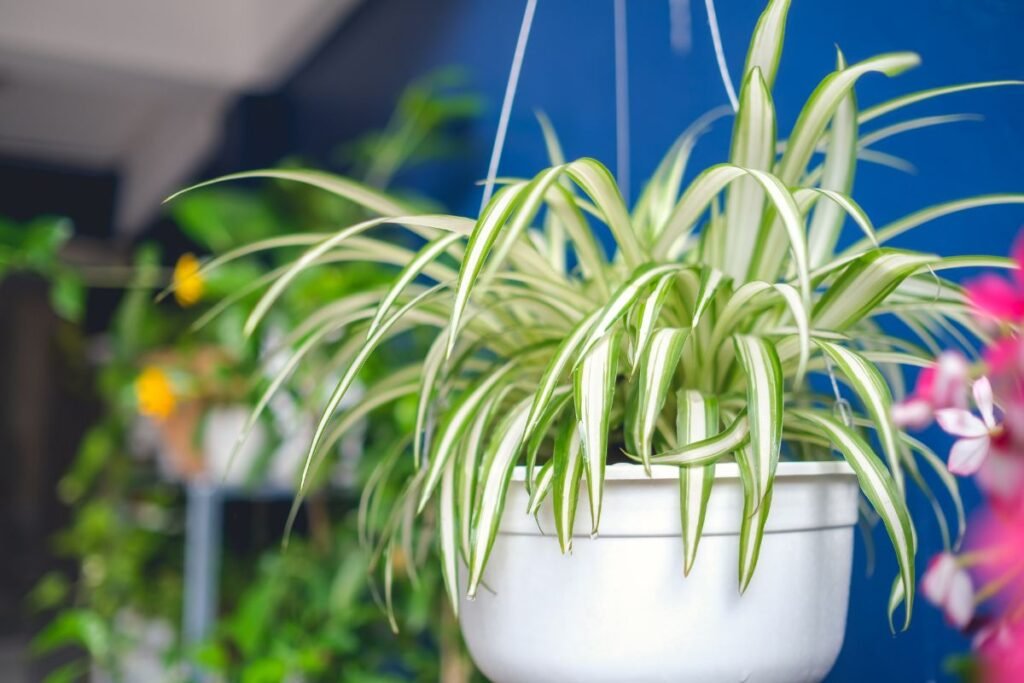
Noted for its resilience and easy care, the spider plant is ideal for novice gardeners and those looking for a low-maintenance option. Its non-toxic leaves and ability to thrive in a variety of lighting conditions make it an excellent choice for households with pets.
2. Boston Fern (Nephrolepis exaltata)
Boston ferns are considered non-toxic to both cats and dogs, making them a safe choice for pet-friendly homes.
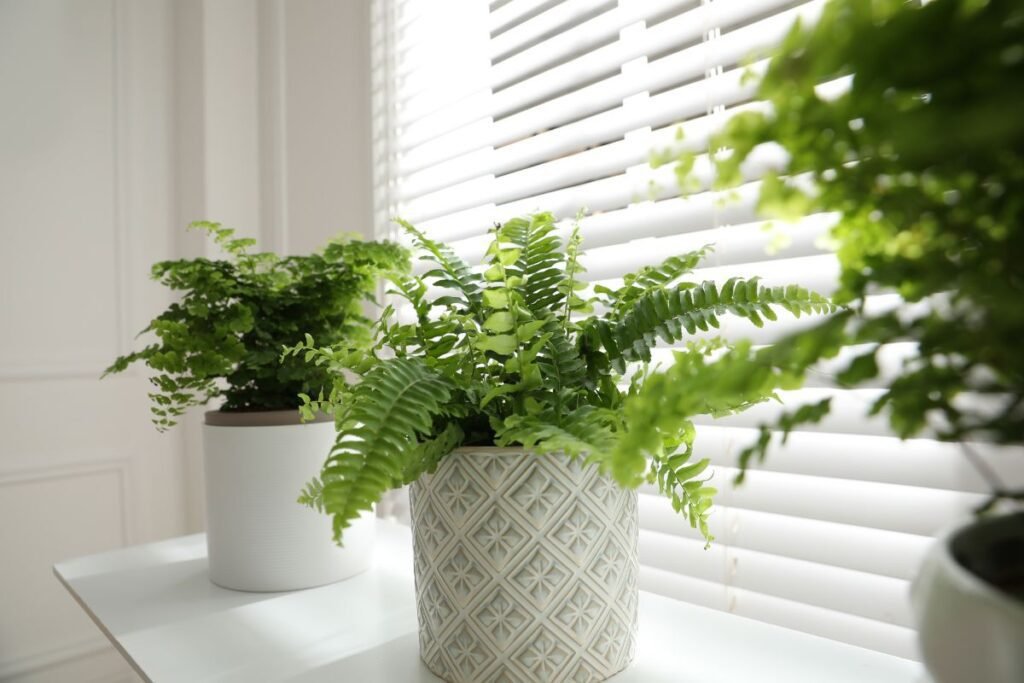
This plant adds a lush, green look to any room with its shaggy fronds. Boston ferns are particularly effective at removing indoor air pollutants and thrive in humid environments like bathrooms.
While they do not contain harmful substances that can cause poisoning, ingestion of any plant material can still lead to mild gastrointestinal upset in pets, such as vomiting or diarrhea123. It’s advisable to discourage pets from chewing on houseplants to prevent any potential discomfort and to maintain the health of the plants.
3. Areca Palm (Dypsis lutescens)
The Areca Palm is non-toxic to both dogs and cats. This makes it a safe choice for households with pets.
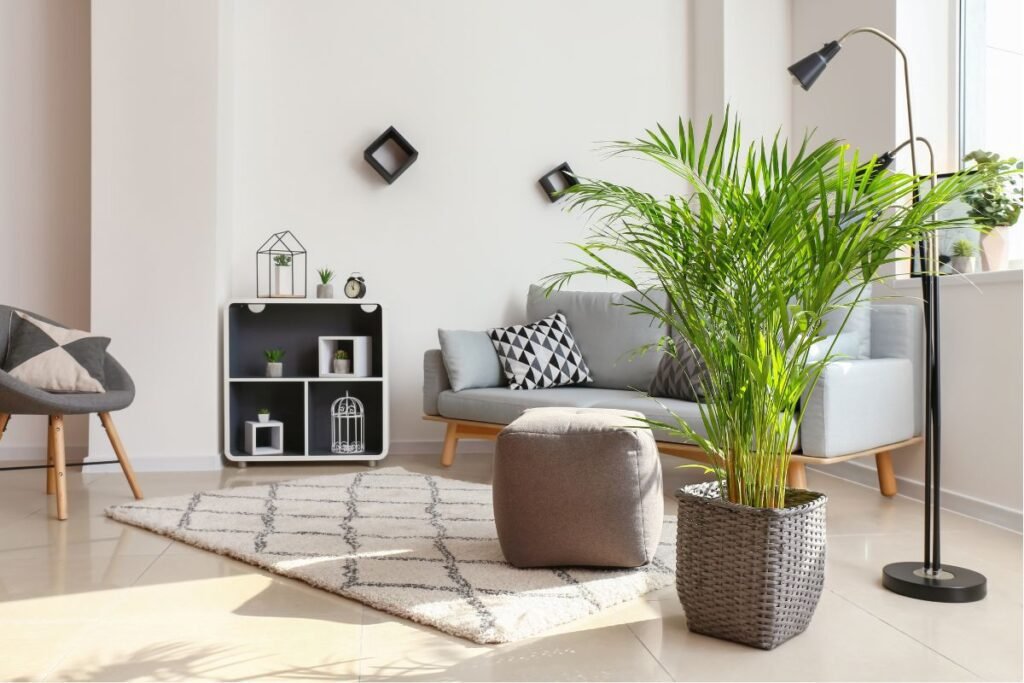
Tall and striking, the Areca Palm can serve as a focal point in any room. It’s safe for pets and prefers a lot of indirect light, making it suitable for well-lit indoor spaces.
While the Areca Palm is not harmful, it is still advisable to prevent pets from ingesting large amounts of any plant material, as this can lead to mild gastrointestinal upset such as vomiting or diarrhea.
4. Prayer Plant (Maranta leuconeura)
The Prayer Plant is non-toxic to both dogs and cats, making it a safe choice for pet-friendly households.
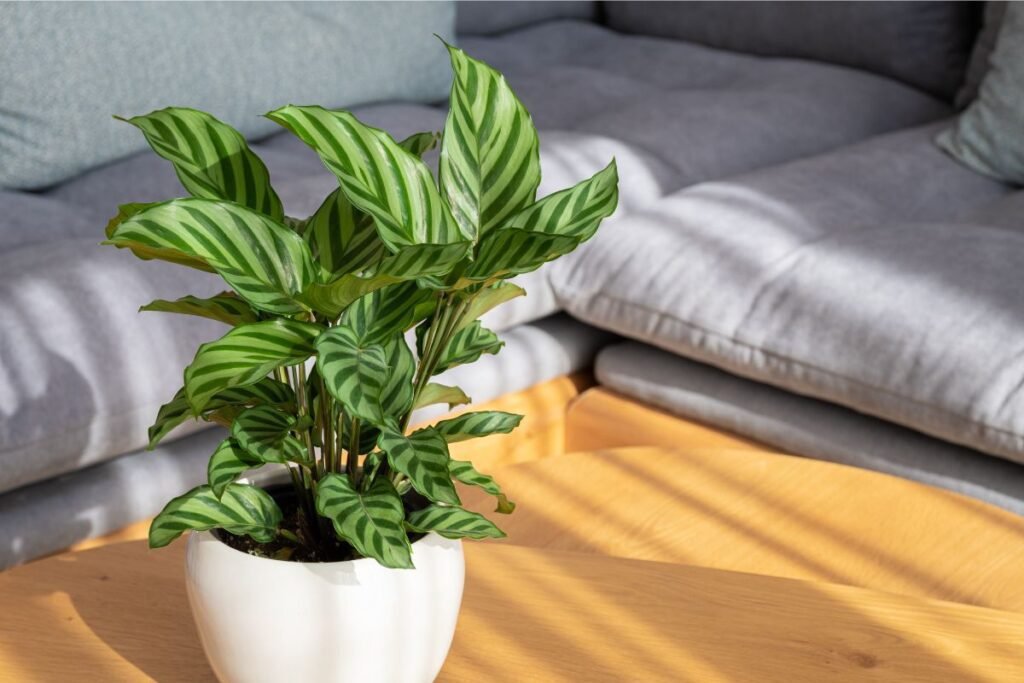
Calathea plants are celebrated for their colorful, patterned leaves that move up and down in response to the light cycle. They thrive in indirect lighting and high humidity, making them a perfect addition to any indoor garden.
While it does not contain harmful substances, ingestion of any plant material can still cause mild gastrointestinal upset in pets, such as vomiting or diarrhea. It is advisable to monitor pets and prevent them from chewing on the plant to avoid any potential discomfort.
5. Haworthia
Haworthia succulents are safe for pets, including both cats and dogs. They are non-toxic and do not contain harmful compounds that could cause poisoning if ingested by pets.
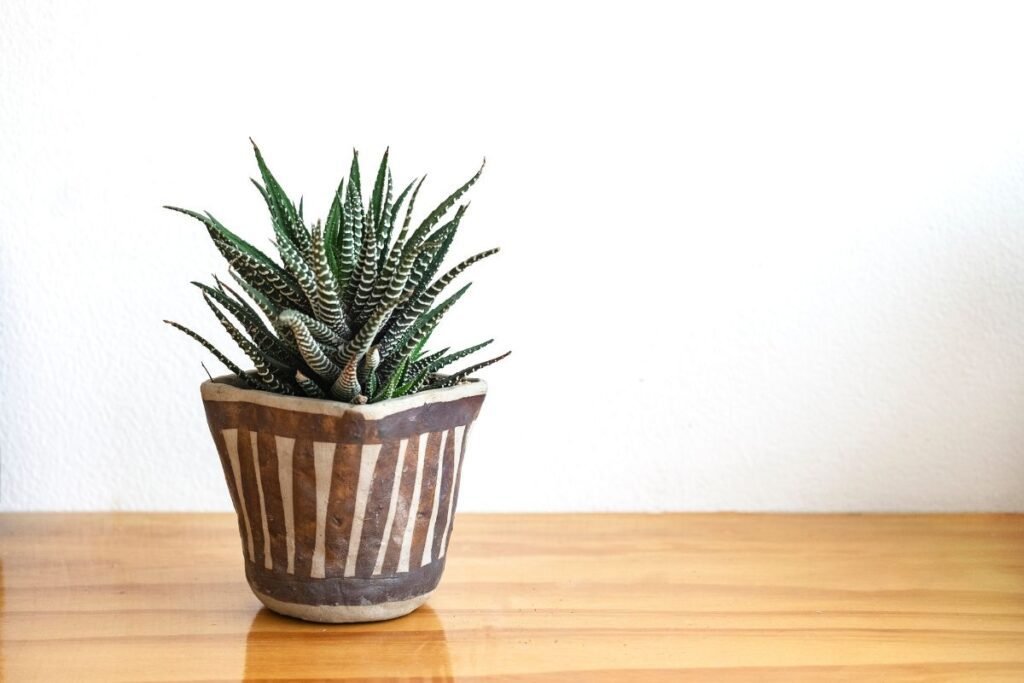
This small, robust succulent is perfect for desks or small shelves. Haworthias are non-toxic and require minimal care, making them an excellent choice for busy pet owners.
While Haworthia is generally harmless, it’s still advisable to monitor pets to prevent them from chewing on the plants, as ingesting any plant material can sometimes lead to mild gastrointestinal upset.
Designing Your Indoor Garden
When designing your indoor garden, consider both the aesthetic and practical aspects of plant placement:
Plan for Sunlight: Ensure that each plant gets the amount of light it needs, whether it’s direct sunlight or shaded light.
Consider Humidity Needs: Some plants, like ferns and calatheas, thrive in humid environments, so they might do well in bathrooms or kitchens.
Elevate Plants: Use shelves, hanging planters, or high tables to keep plants out of reach of curious pets, particularly for smaller, more delicate plants that might tempt them.
Maintaining a Healthy Environment
To keep both your plants and pets thriving, follow these maintenance tips:
Avoid Chemicals: Use organic, pet-safe fertilizers and pesticides to prevent any accidental poisoning.
Regular Grooming: Keep your plants healthy and tidy by pruning dead or dying leaves, which can also prevent your pets from munching on them.
Observe Your Pets: Keep an eye on your pets’ behavior around new plants. Training them to stay away from the plants can prevent accidents and ensure the health of both.
Creating a pet-safe indoor garden requires thoughtful selection of plants and careful planning of the environment. By choosing the right plants and taking the necessary precautions, you can enjoy a beautiful, vibrant indoor space that is safe for your beloved pets. As your garden grows, so will your knowledge and enjoyment of the plants you have chosen, deepening your connection to both your home and your pets.
Check out our other posts for tips, tricks, and fun pet facts on our blog, and join our pet-loving community on Pinterest, Facebook, and Instagram. Let’s make every day an adventure for our furry friends!

